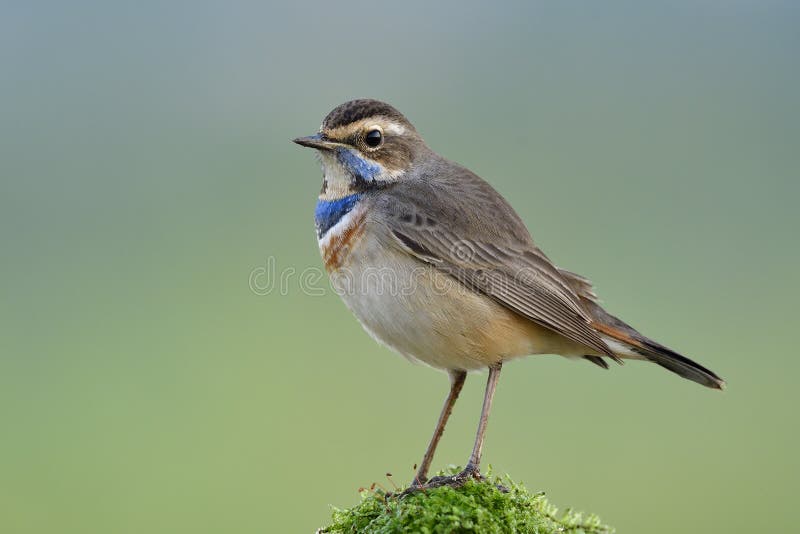

Most authorities now split the less migratory rufilatus subspecies from Himalaya, the “Himalayan Bluetail.” The nominate subspecies breeds from Finland east to the Russian Far East and winters in East Asia. It established the sixth record and the second spring record on St. We had excellent views the day after the group arrived on the side of the mountain. The rarest find, present before our tour arrived, was a Red-flanked Bluetail. Still our week at Gambell produced a fine variety of species with most of the hoped for specialties and a few Asian rarities too. Our time at Gambell started with nice weather and then deteriorated, at least in terms of having rather strong north winds, but overall there didn’t seem to be much bird movement this spring, and as with all recent years, there was no offshore ice, so eiders were in much reduced numbers and our group missed Spectacled Eider and Black Guillemot entirely. Lawrence Island that day (Jon flew out the next day). Dunn were able to get out to Gambell on St. After some sorting out the multiple tour groups present, all, except J. We left the next morning after breakfast and continued on to Nome. Our tour began with a group dinner at Pipers, followed by a meeting. The extension to Nome, even with abbreviated time, managed to find the hoped for species here including Bristle-thighed Curlew (four) and Gyrfalcon. Certainly one of the highlights was scope views of two Nelson’s Collared Lemmings. Two Double-crested Cormorants and a Cliff Swallow were the most unusual strays from the North American side. All of the normally occurring species, save Spectacled Eider and Black Guillemot were seen.

Several Common Ringed Plovers were accommodating. Other notable Asian species recorded included two Tundra Bean-Geese, Common Sandpiper, and Common Greenshank.

The standout rarity was a Red-flanked Bluetail. The migration was overall a bit slow, perhaps due to north winds for much of the time.

Nest a loose cup of grass, moss, hair, wool and feathers, placed in crevice of wall or rock, or in earth bank, pile of stones or on ground.GAMBELL & NOME: Our arrivals and departures were a bit delayed at Gambell, but we had a good chunk of time at this fabled location. It forages on ground and in low bushes, often making short flycatcher-like sallies after flying insects.īreeding Habits: They breed in Jun-July. In winter quarters occurs in broadleaf evergreen forest, dense dark undergrowth and thickets, clearings, tree fall gaps with vine tangles, open woodland commonly seen along tracks favours ridges and mountaintops.įood Habits: It eats in Invertebrates, mainly insects and also fruits and seeds when not breeding. It is found at 3000–4400 m, not penetrating beyond treeline, but generally in higher, drier habitat. It breeds in bush layer of conifer and mixed conifer–oak forest. The juvenile is duller brown with extensive buffish spotting and small streaks, light blue tail, trace of orange on flanks. The chin and throat are white, breast is pale buffy grey-brown, flanks are orange, remaining underparts are white. It is cold grey-brown above with bright sky-blue rump and tail, remiges are tinged rufous.
#Himalayan bluetail bird food Patch#
It has a chin, throat and underparts as white, blue of upperparts extending to breast-sides, breast rather extensively spotted with grey, flanks with distinctive broad orange patch iris is dark brown bill and legs are blackish. The male is rich dark blue on head and upperparts, with distinctly paler blue supercilium and shoulder patch, and rich cobalt-blue on rump, uppertail-coverts and outer tail. It is also known as Himalayan red-flanked bush-robin and Orange-flanked bush-robinĭistribution in India: Resident and Winter Visitor in Himalayan rangeĭescription: Size of 15 cm wt. Tarsiger : tarsos flat of the foot ger bearing.Himalayan Bluetail Tarsiger (cyanurus) rufilatus


 0 kommentar(er)
0 kommentar(er)
